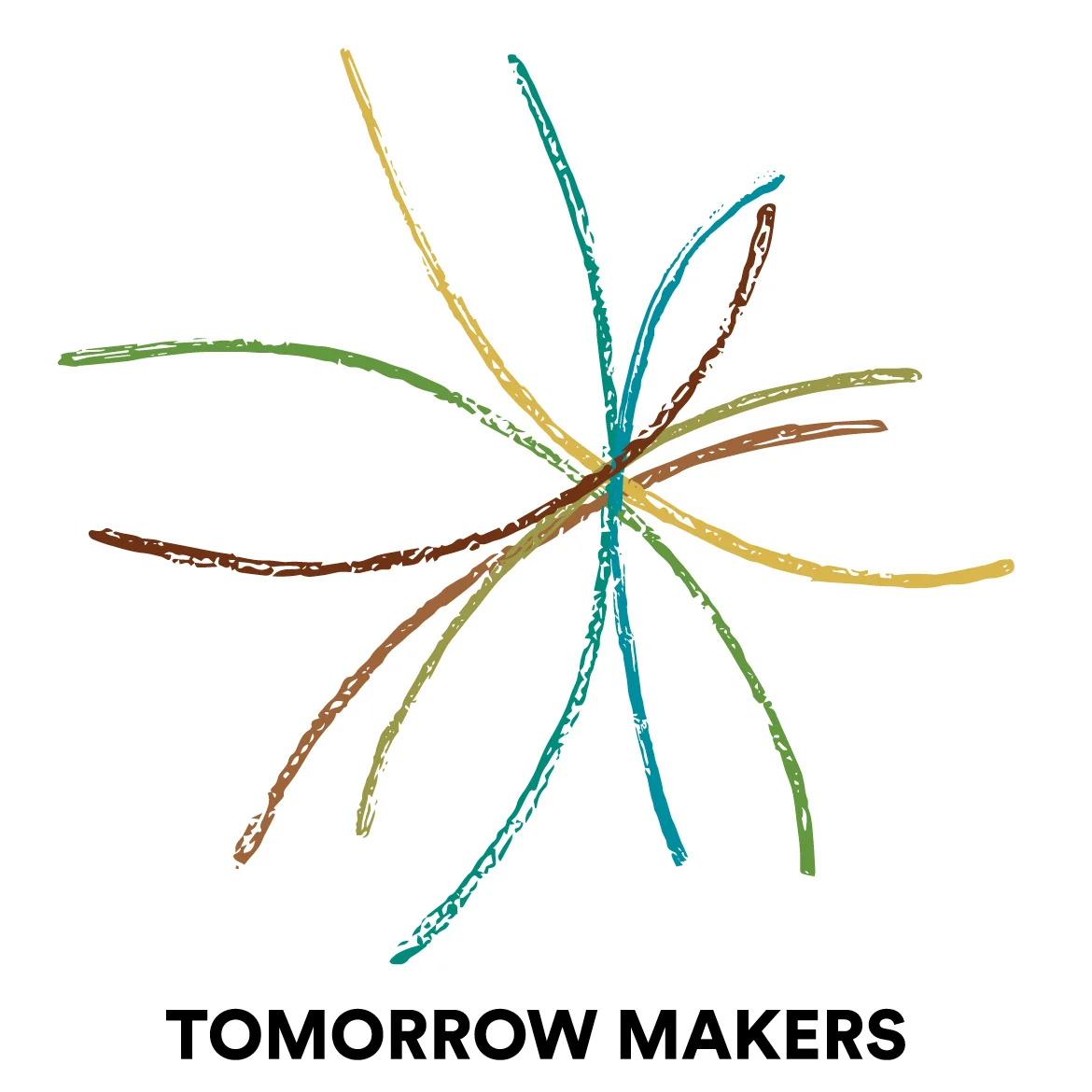"Don't go looking for ideas directly. Instead, go in search of the seeds of ideas: the elements from which ideas can grow." The Universal Traveler, 1972
When we first started our work with corporations, the executive teams consistently told us "As executives, we don't have time to read, and our employees don't read." No time for reading? No interest in reading? With a world going through tremendous changes, how was it possible to discount the essential importance of reading widely and often?
Matt was teaching a course called "Redesigning the Future" and he handed out a reading list of 500 books, necessary for understanding the complexities of the world. The authors Matt called on were not those on the NY Times best seller list. Rather, they were selections that reached way back in time, and also took the reader's imagination into the future. They were fundamental to understanding the new emerging sciences and world cultures to seeking out new patterns and possibilities.
To us, reading was an essential aspect of a new way of working. We drew on Mortimer Adler's book, How to Read a Book to help us design a useful module to help participants work their way into reading. In particular, we were interested in his Syntopical Reading section. While Adler was mostly focusing on an individual doing syntopical reading, we knew we wanted to make it a group exercise.
Then we watched the power of this module come to life. We adapted it for many occasions and several times our Syntopical Reading exercise transformed an organization. The power and purpose for reading has slowly found its way back into many organizational worlds.
Here are general instructions:
1) Provide each participant with some simple suggestions for how to read a book in an hour. (adapted from Adler's body of knowledge)
2) Ask participants to choose a book that they want to read from the library. Suggest that they can read any book that looks interesting and to not to choose books too closely related to their field or product lines.
3) After reading, have the participants divide into groups of 7 or 8 and have them form a circle.
4) Now, ask each participant to become the author of their book. Each in turn states their name as author and tells us the name of the book they wrote, why they were compelled to write the book, and as author, what did they want to suggest to the organization... ideas that could make a significant difference. Each author had five minutes to create their story.
Be sure each participant assumes the role of author rather than talking about the book they read. With this kind of story telling, the ideas expand, and often hidden design assumptions reveal themselves. For instance during the second day of an event we asked cosmetic company participants to choose books for overnight reading. Participants wandered through the library choosing good night reads. One chose When Elephants Weep. Little did we know he was head of research for the company. As he assumed the role of Jeffrey Moussaieff Masson, the author, he put his whole heart and mind into telling his organization why they should immediately stop animal testing. They did, within the week! Probably no amount of interest groups or consultants could have been so successful so fast. But when their colleague, speaking as an impassioned expert, made his case, everyone listened. Something they had held onto for years, fell away within a five minute presentation. But there is more to the story. Other authors, spoke of values, integrity, changing ways of working, technology improvements, biology, complexity, etc. Many of these presentations, while not directly about animals connected with the the elephant's intelligence in a variety of ways, reinforcing the idea that there were better ways to learn about their products than test them on animals. Suddenly the entire organization became more self aware, more eager to learn about themselves and to shed some long held beliefs.
I could write many more such stories and if you've done this exercise you too probably have things to share. It is powerful.
What I've learned through my years of developing our process and method is how easy it is to have people make fundamental, often transforming changes when they can do it for themselves. We just need to provide interesting, challenging, and inspiring exercises chunked together through interesting iterations of design.

